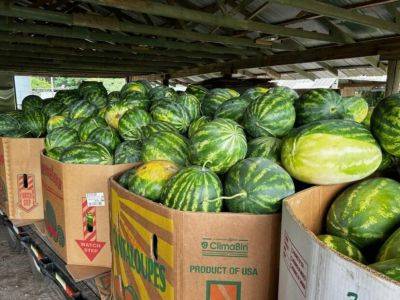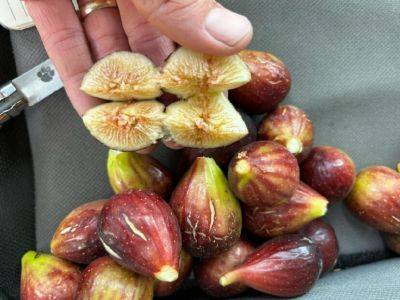Zack Snipes
SC Fruit and Vegetable Field Report – May 02, 2022
24.07.2023 - 12:01 / hgic.clemson.edu
Zack Snipes reports, “It seems like everything happened all of a sudden this week. We are flushed with strawberries right now. I am seeing some anthracnose on berries and lots of spider mites. We only have a few weeks left in the season so take care of your crop to improve your bottom line. The tomato crop looks ok and, for the most part, disease-free. I saw a good number of issues on all types of squash this week. I received calls about yellowing and wilting squash. Upon further examination, we had a serious squash bug issue. They feed on the base of the plant and will make very healthy plants wilt. They are very good at hiding under the stems, in debris, or under the plastic, so stay still in one spot for a few minutes when scouting for them. I also found some powdery mildew on our squash.”
Justin Ballew reports, “The warm weather we had last week has made plants jump. Brassicas have grown a lot in the last week, and some of the earliest planted cucurbit crops now have little fruit developing. According to our weather station in Lexington, we got 0.32 inches of rain over the weekend. There is a good chance for more rain in the forecast this week, so stay with your disease management programs.”
Bruce McLean reports, “The latest problem that we have had to deal with around the Pee Dee is cyclamen mites in strawberries. Some growers have noticed poor vegetative growth and poor fruit sizing this spring. Upon inspection (under the microscope), cyclamen mites were found in very high populations. Pest thresholds are only 1 mite in every 10 leaves or flowers. 50 times that has been observed. This pest can be devastating to a crop of strawberries, limiting yield and quality, but it is a pest that is usually thought of as being a

SC Fruit and Vegetable Field Report- May 17, 2021
Zack Snipes reports, “Everything is progressing nicely in the Lowcountry. We got some much-needed rain last week. Temperatures have been cool, so things are somewhat slow from a developmental standpoint. All the crops look great, especially the tomato crop. We have a really nice fruit set and very little disease. I am expecting to see bacterial spot to show up sometime soon and have been getting a few calls about bacterial wilt taking down plants. I’ve also gotten a few calls about blossom end rot. That is typical on the first fruit set and will usually correct itself provided there is ample calcium in the soil AND the soil moisture is consistent. In our sandy soils, the main cause of blossom end rot is allowing the soil to dry out during the fruiting stage. Folks might want to consider multiple 30 minute to 1-hour irrigation cycles on tomatoes per day.”
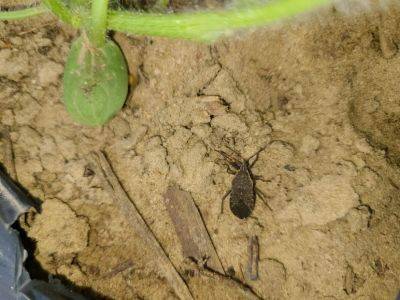
SC Fruit and Vegetable Field Report – May, 3, 2021
Rob Last reports, “Botrytis (gray mold) is evident in places following rainfall. Sanitation and removal of the infected berries are critical to reducing inoculum loading. Fungicide applications will also be required to prevent spore germination and further spread of the disease. Where spider mite treatments have been applied, they have effectively reduced the populations but will still require scouting and monitoring. The yields achieved are very good. Cucurbit crops continue to develop well with a low incidence of chill injury from the cooler temperatures observed on April 21/22. Crops are running well, with some flowering being observed. Cucumber beetles are being monitored, and a few aphids are present in places. Cucumber beetles observed are currently below the threshold of 5 beetles per plant. Squash bugs are also being found on some sites. Careful monitoring will be required because numbers can increase rapidly. Crops are free from disease; however, protectant fungicides are still a critical input. Blueberries are swelling well and beginning to blush. Blackberries are flowering with excellent fruit set and bud formation. Spider mites have been evident in these crops, too; however, miticide applications are proving very effective.
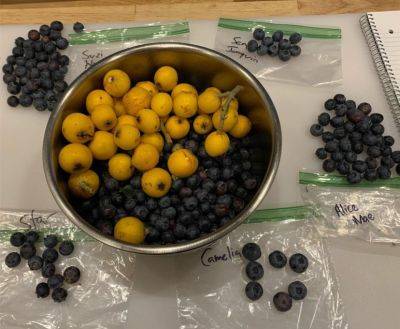
SC Fruit and Vegetable Field Report May 10, 2021
Rob Last reports, “Following some hail events last week, we find some shredded leaves in cucurbits and some small fruit crops. Strawberries continue to develop well, with isolated incidences of gray mold being seen. Sanitation is one of the critical methods for managing gray mold along with fungicide applications. Thrips are also beginning to be observed. Blueberries in the area are being harvested with good quality fruit. Keep a close eye on scouting for insects. Spider mites are still active in many crops. Cucumber beetles continue to increase as they are migrating from overwintering sites. Many populations are at or very close to the threshold of five adult beetles per plant.”
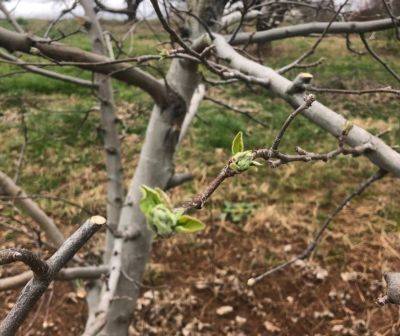
SC Fruit and Vegetable Field Report- March 14, 2022
Dr. Matt Cutulle reports, “I saw my first nutsedge plants this year pop up in the plastic mulch of a fellow researcher’s trial last week in Charleston. Soil temperatures in plastic mulch systems are going to be higher, which may lead to earlier sprouting of yellow nutsedge tubers. New tubers begin forming four to six weeks after a new shoot emerges. Individual nutsedge plants may eventually form patches 10 feet or more in diameter, thus it is important to practice field sanitation once an infestation is recognized.”
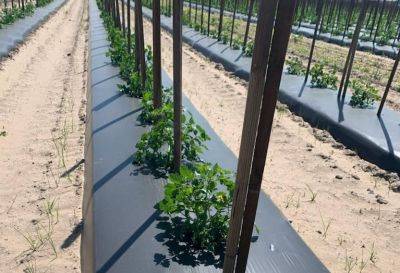
SC Fruit and Vegetable Field Report – April 18, 2022
Zack Snipes reports, “It has been a very windy spring. The winds are drying out our soils and beating up plants. I have looked at some tomatoes, and the ones that aren’t tied are wind-whipped, and the ones that are tied have callus tissue forming where the string is touching them. We have some beautiful lettuce and greens coming in right now, along with spring onions. I have also seen some squash coming in on farms that grew squash in high tunnels. Strawberry plants are still small and have very few blooms for this time of year. We are harvesting highbush blueberries in high volumes right now. I think we escaped more cold damage than previously expected.”
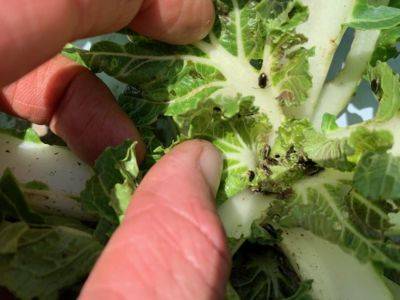
SC Fruit and Vegetable Field Report – May 31, 2022
Zack Snipes reports, “It seems like everything is coming in from the fields right now. We got some rain but could really use some more. I am seeing lots of aphids on a variety of crops (melons, cukes, eggplant). I am also seeing ladybird beetles and parasitized aphids in these fields, which means our predators are out there working for us. Bacterial wilt and Southern blight are starting to appear on tomatoes as well. Knowing the difference and preparing for next season’s crop is critical. It is getting hot and is still windy, so growers might consider adding one or more irrigation cycles to their fields. Remember that in our sandy soils, any irrigation event over an hour is just wasting water. More frequent 30-45 minute cycles are more efficient.”
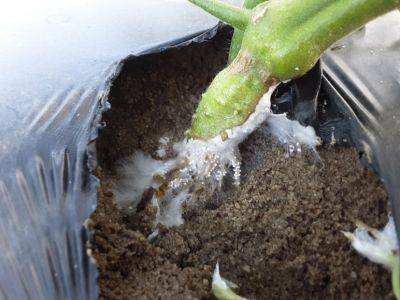
SC Fruit and Vegetable Field Report – June 6, 2022
Rob Last reports, “Insect and disease activity is increasing in the area, across a broad range of crops. In cucurbits, we are seeing powdery mildew and gummy stem blight in watermelon. Remember to keep spray intervals tight. Loopers are also being found in the area, and applications to manage rind worms will be beneficial as we rapidly approach harvest. Fusarium wilt of watermelons is showing up in many fields. At this stage, there is no effective treatment; however, soil temperatures are likely to reduce the incidence of new infections. Tomatoes and peppers are developing well with Southern blight and bacterial wilt in evidence. Spider mites are very active right now. Blackberries are just coming to harvest with good flavor and quality. Remember to scout your crops regularly to ensure timely applications can be made.”

SC Fruit and Vegetable Field Report – May 23, 2022
Rob Last reports, “As we see temperatures increase, strawberry flowering is reducing. Plants are still heavy with fruit, so managing diseases such as anthracnose and botrytis through fungicides and sanitation are key. Pests and diseases in cucurbits are currently low. With watermelon and cantaloupes, a gap in fungicide protection of 7 days can lead to disease. Given the increased chances of rainfall, we are increasing protection against gummy stem blight. Cucurbit downy mildew is active in South Georgia, so any cucumber growers should be prepared to apply fungicides. Some additional rainfall in the area would be most welcome.”
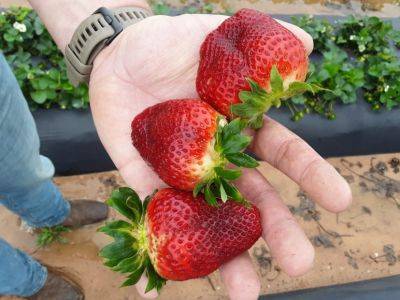
SC Fruit and Vegetable Field Report March 28, 2022
Rob Last reports, “The first of this season’s strawberries are coming to market with good quality. Growers still need to be very mindful of spider mites. Populations are around in the area but are variable. As we get into harvest season, gray mold management will be critical, so sanitation and appropriate fungicide applications will be needed. Otherwise, preparations for watermelon planting and some early cantaloupes have been sown. Damage assessments on later variety peaches will continue.”
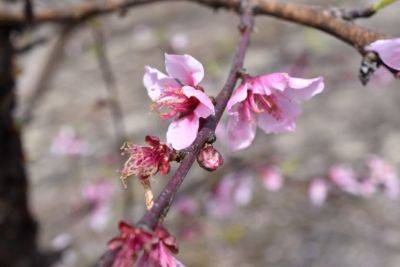
SC Fruit and Vegetable Field Report – March 21, 2022
Rob Last reports, “Starting with strawberries, spider mites are increasing in the area with eggs and adults warranting treatment. Strawberry crops are very susceptible to mite damage at the moment. Remember to sanitize plants by removing dead flowers and fruit to mitigate against disease. We have lost some brassica crops due to the freeze; if the growing point is intact, the crops may recover with reduced yields possible. There will be a peach crop. Early peach varieties have been hit quite hard in the area, with later varieties looking promising. Blueberries will make a crop, but again, there are varying levels of damage.”
